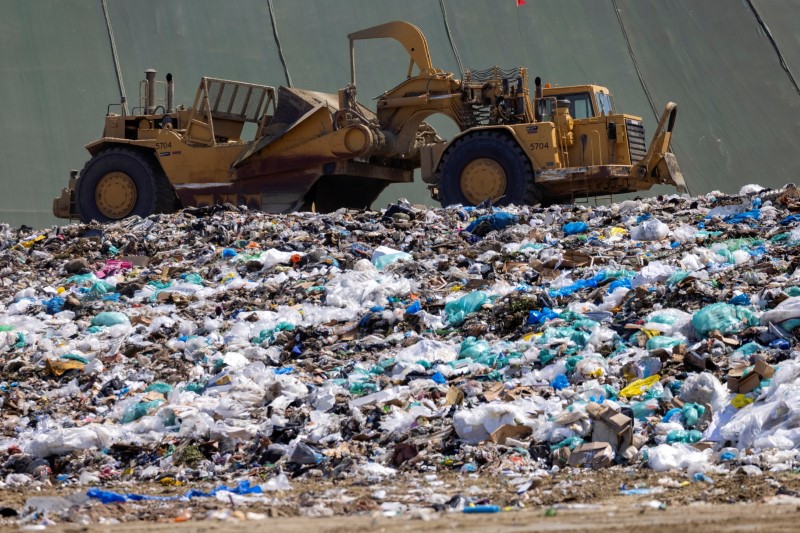
CHENNAI, Tamil Nadu: A study conducted by the Centre for Climate Change and Disaster Management (CCCDM) of Anna University found that waste disposal facilities in the Greater Chennai Corporation (GCC) account for the 52 per cent methane emission of Tamil Nadu (TN). Waste disposal facilities in GCC could emit 28,870 tonnes of methane annually.
The report was presented to the Tamil Nadu Pollution Control Board (TNPCB). It outlines that nearly 5300 tonnes of waste in Chennai is disposed of at Kodungaiyur and Perugudi. According to data from the Commissionerate of Municipal Administration and Directorate of Town Panchayats, the state generates about 17,000 tonnes of municipal solid waste, of which 7600 TPD (45%) comes from GCC alone. The remaining 29 municipal corporations generate about 5200 TPD.
Waste disposal at the open dumpsite is common practice in the state. These landfill sites produce many greenhouse gases, including methane, which is 25 times more potent than CO2.
The report read, “Of all other regions of Tamil Nadu, GCC, a metropolitan city with an 8 million population, generates and dumps an enormous amount of solid waste into open disposal facilities of Kodungaiyur and Perungudi, emitting 28,870 tonnes of methane every year.” Because of this, GCC could also set up bio CNG plants of 600 TPD capacity in addition to the 100 TPD plant it operates. Methane emission from remaining corporations ranges from 600 to 3779 tonnes per year.
Apart from GCC, Tiruppur (3,779 tonne/year), Madurai (2,135 tonne/year), Salem (1,704 tonne/year), Thanjavur (1,620 tonne/year), Tirunelveli (1,584 tonne/year), Chengalpattu (1,169 tonne/year), and Vellore (600 tonne/year) are some of the other major methane emitting regions.
CCCDM report recommends, “Methane emission from the dumpsites can be avoided by enhancing source segregation and increasing biodegradable waste processing through composting and biomethanation. Highly biodegradable food wastes from bulk generators have the potential to be diverted to biomethanation/bio-CNG plants.”

